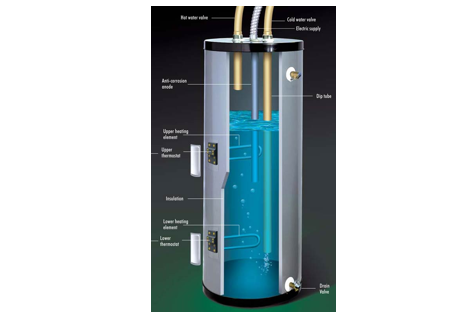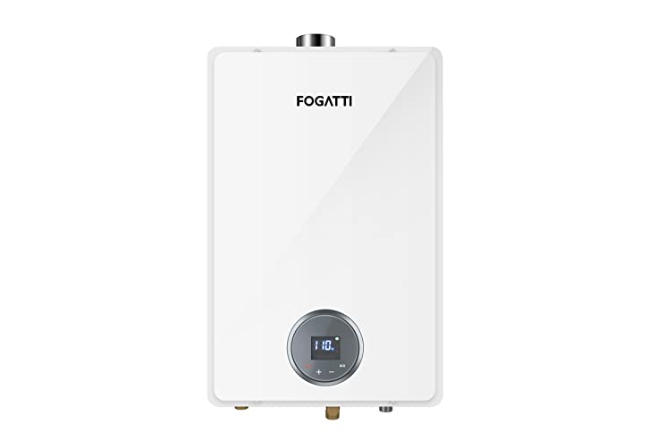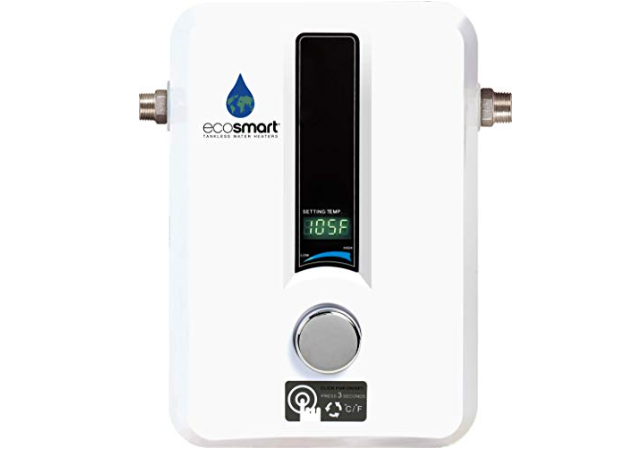One kind of heat transfer is when water boils. The process of moving thermal energy from one body or system to another is known as heat transfer. Boiling water is one kind of heat transmission among many others. What type of heat transfer is boiling water? Convection is the term for the heat transfer that occurs when water boils. Convection is used to boil water. When hot liquid or gas molecules in a fluid are heated and rise to the top of the fluid, where more excellent molecules replace them, convection is a heat transfer.
What Is Heat Transmission During Boiling?
When a fluid circulates over a heated surface via an external device like a pump or as a result of the buoyancy effect, flow boiling takes place. Such a flow field exhibits various flow patterns, and the change in flow regimes depends on the fluid’s channel geometry and thermos-physical characteristics.
What Can Five Different Ways Heat Transmission Occur?
The energy transfer process uses electromagnetic radiation.
- Advection.
- Conduction.
- Convection.
- Radiation.
- Boiling.
- Condensation.
- Melting.
Which Three Primary Methods Of Heat Transmission Are There?
Three ways exist for the transport of heat:
- Conduction transfers directly from one molecule to another energy.
- Convection is heat transfer through a fluid, like water or air.
- Heat is transferred by electromagnetic waves or radiation.
Mechanisms for Heat Transfer
We used heat transfer mechanisms in combination with enclosure cooling. The following are the central cooling systems for electrical enclosures:
1 – Conduction
Conduction transfers heat through a solid. Conduction, for instance, is the process by which heat is produced inside an enclosure to the outside surface.
2 – Convection
Convection is the process by which transferred heat from a surface to a fluid, such as air. Air expands, rises, and is replaced by cooler air in a process known as natural convection as it becomes heated. Utilizing a fan to generate airflow will increase the quantity of convection.
3 – Radiation
Through the process of radiation, it transmits energy through the atmosphere through electromagnetic radiation. It is less effective at earth’s ambient temperatures but works well for high-temperature sources like the sun.
Conduction, Convection, or Radiation While Something Is Boiling?
Convection of liquids is how heat is transferred during boiling. We cooked food using a long, dry heat process called baking, which can also be done on hot stones or hot ashes. Radiation is the principal generator of heat. By using air convection, the oven’s fans will lengthen cooking periods.
Is Convection Exemplified By Boiling Water?
When water boils, heat from the burner moves into the saucepan and warms the water at the bottom. Forced convection happens when a fan, pump, or suction device is employed to encourage convection.
Convection in Boiling Water
Convection in water is the circular movement brought about by warm, swift, less dense molecules rising and more relaxed, denser molecules falling.
Overview of Boiling Water Convection
Transporting materials from a hot region to an incredible region causes a flow of heat known as convection. A convection current is a process involving energy transfer from one location to another. When water is heated to the boiling point, the molecules’ temperature rises, rapidly ascending at a gradual rate. These molecules produce kinetic energy. Less dense hot water molecules rise above denser cooler water molecules because they are less dense.
These molecular movements produce convection currents. An illustration of forced convection is boiling water. Recall that a vacuum prevents convection from happening. It measured thermal conductivity in watts per meter square Kelvin.
Daily Life Examples of Convection
Beyond boiling water, we encounter several examples of convection every day.
1 – Hot Air Balloon
The air inside a hot air balloon is heated by a heat source at the bottom. The balloon’s top is filled with air. The hot air compels the balloon to rise because it is locked off on top.
2 – Breeze
Near the water, the land is warm in the late afternoon. The air above this surface rises as a result of convection. The cool sea breeze, what it feels like standing next to the sea on the land, replaced this warm breeze.
3 – Cooling
We used the convectional principle in air conditioners. Since the air conditioner’s cold air is thick, it sinks to the bottom of the space. The air conditioner draws in the rising warm air. The outcome is a cooling of the space.
4 – Rainfall
Clouds form when ocean water warms and rises, causing precipitation. Cloud formation results from the heated water droplets becoming saturated. Rain falls as a result of these clouds.
What Is The Heat Transmission Procedure In A Water Heater?
What type of heat transfer is boiling water? A kind of convective heat transmission is boiling water. Convection allows the boiling water to heat the air. Water boils because the molecules in the liquid move faster than the molecules in the surrounding air. It is usual for people to observe bubbles forming on top of a pot of boiling water since this heat transmission is most effective at the boiling point.
Convection, radiation, and some conduction make up the main components of the heat transfer mechanism when gas is the heat source. There are three main categories of water heaters in the residential market: Combi boilers are also known as:
1 – Tankless heaters, like the FOGATTI Tankless Water Heater.
2 – Electric water heater such as the EcoSmart ECO 11.
Thermal Water Tanks (includes Water Heaters)
Devices for storing thermal energy in water include thermal water tanks. The most popular kind is a water heater. Equipment for heating and storing water. Domestic hot water heating, low-temperature radiant space heating, energy storage for solar hot water systems, and waste heat recovery are typical uses for water heaters. Water heater objects in EnergyPlus can be utilized independently or in conjunction with a simulation of a plant loop. Additionally, chilled water storage tanks are available for holding cold water.
Thermal Mixture for Water
Mixed simulates a well-mixed, or non-stratified, water tank and is suitable for simulating a wide range of water heaters and storage tanks, including gas and electric home water heaters and various sizeable commercial and instantaneous, tankless water heaters. This model uses a mixed water heater and mixed, chilled water storage tanks.
Radiation Is Used When Water Is Boiling?
No. While adding or subtracting radiation is impossible, it is conceivable to do so with radioactive materials. We left nonvolatile contaminants behind when water evaporated. This implies that nonvolatile radionuclides will remain in a saucepan of boiling water.
Conclusion
What type of heat transfer is boiling water? Convection is chosen because it causes the matter’s particles to diffuse or become less dense when heated. This brings on the geyser’s bubbles. Hot magma in the earth’s mantle is heating the water.
Frequently Asked Questions
A: The collector took sun radiation in and sent it through the pipe by conduction. After passing through the collector and absorbing heat, the water returns to the storage tank, where it convectively raises the temperature of the remaining water.
A: Until both samples of water are at the same temperature, it transmitted heat from the hot water to the cold water. Conduction is the heat transfer from the hot water to the cold water through the metal container.
A: The process of cooling heated water is complex. Fast-evaporating hot water releases heat to create the vapor as it does so. It transmits directly to the air, dissipating heat through convection or a breeze. Radiation also exists because heat from the water is transferred to the air directly—a lot of activity.


